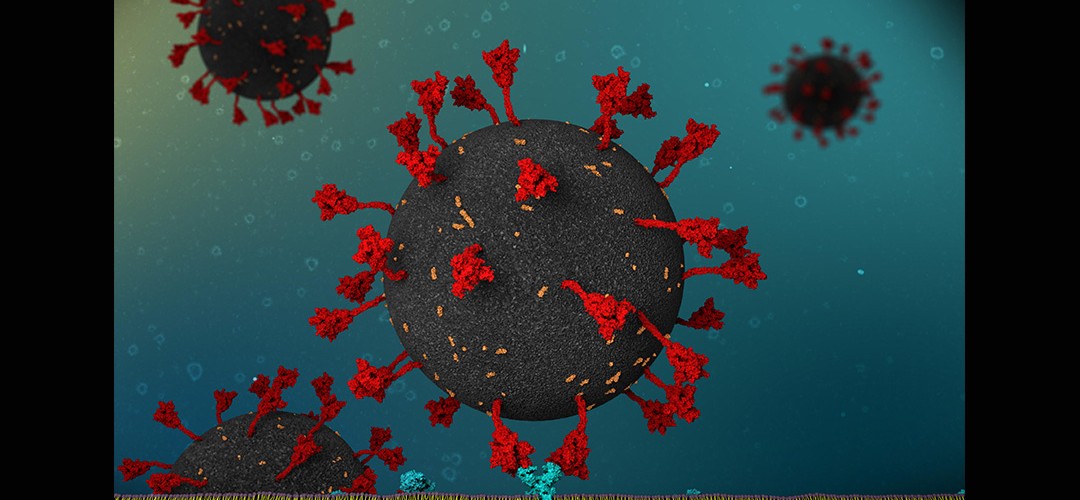AZoLifeSciences featured research from bioengineering professors X. Frank Zhang and Wonpil Im in the article "Virus-cell interaction may explain the high infection rate of COVID-19 virus."
Using the combination of molecular dynamics simulations and single-molecule force spectroscopy, the research teams of Zhang and Im were able to detect a previously unidentified interaction between the SARS-CoV-2 spike and ACE2 glycans, wrote AZoLifeSciences.
Zhang and Im found that this interaction may partly explain the greater infection rate of COVID-19 when compared to the analogous virus that triggered the SARS outbreak in 2002-2004.
"It is possible that this newly-discovered interaction with ACE2 glycans could be a contributing factor to the higher rates of COVID-19 than the structurally similar SARS-CoV-1, which has a weaker interaction. Our hope is that researchers may be able to use this information to develop new strategies to identify, prevent, treat and vaccinate against COVID-19," said Zhang.
The full story can be read on the AZoLifeSciences website.


